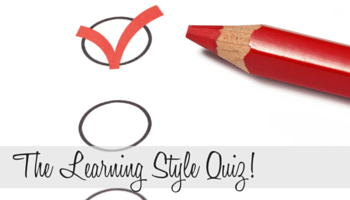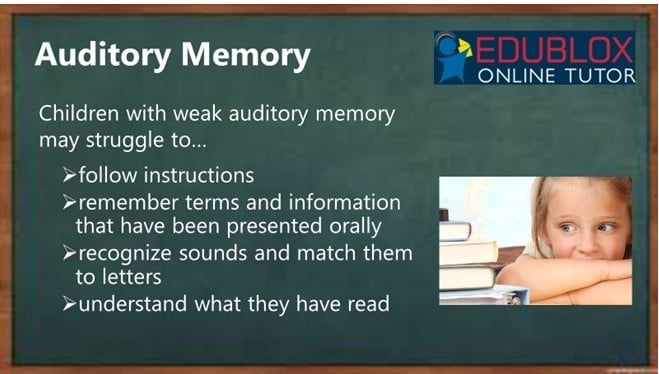

They tend to have well-developed imaginations and often think in pictures. Children who are visual processors tend to observe a parent’s or teacher’s body language and facial expressions for content and learn through demonstrations and descriptions.

This is how they process almost all information. Visual learners learn best when they are drawing, building, inventing and creating. The point of this activity is to practice writing and keeping if fun and engaging. You can also have your child make a monthly, weekly or yearly “to do” list. You can have your child write an inventory of items in a room, such as books, toys, sports items, etc. It doesn’t even matter what the list is about they just like writing it. These flashcards can be used for repetition and to improve memorization skills. Flashcards work really well for these kids because they present the information as an image. If you tell this child something they will not learn it until it is written down. Visual learners need to see something in front of them at all times. Here are some multisensory reading games for you that will work with any concept you are teaching: Keeping the activities multisensory really helps those difficult concepts stick.

When teaching a concept or lesson use lots of fun games and activities that include visual aids. You can do it together with your child – they can write the words on the index cards (with your assistance) and tape it to the object. Now there is written language everywhere for your child to create a mental picture of the word and connect it with the object. Label everything in your house including all furniture, stairs, doors, etc. They will frequently say “show me” when they want to learn something new. Visual learners learn best by using images, pictures, colors, computers and any other visual media to help them learn. The visual learner likes to draw and paint. The visual learner likes drawing, doodling, making posters and using colors to think rather than using words. This child also likes using pictures, images, charts and graphics for learning.Ī visual learner is really good at using maps and finding their way around! Wow, talk about a perfect sense of direction. This child prefers reading about the information versus hearing about it. This is the child who sits in the front of the classroom and soaks up everything they see. On today’s post, I am going to focus on the Visual Learner and give you activities and strategies to teach your visual learner. This helps the information that they are learning “stick.” Using all of the child’s senses when teaching, activates the different parts of the brain. Multisensory instruction means that the kids have to see it (visual), hear it (auditory), touch it (tactile) and do it (kinesthetic).

So, how do we teach to different learners? We use what is called Multisensory instruction. Some are more auditory or kinesthetic type learners while others tend to be more visual and need to “see” concepts or ideas.


 0 kommentar(er)
0 kommentar(er)
